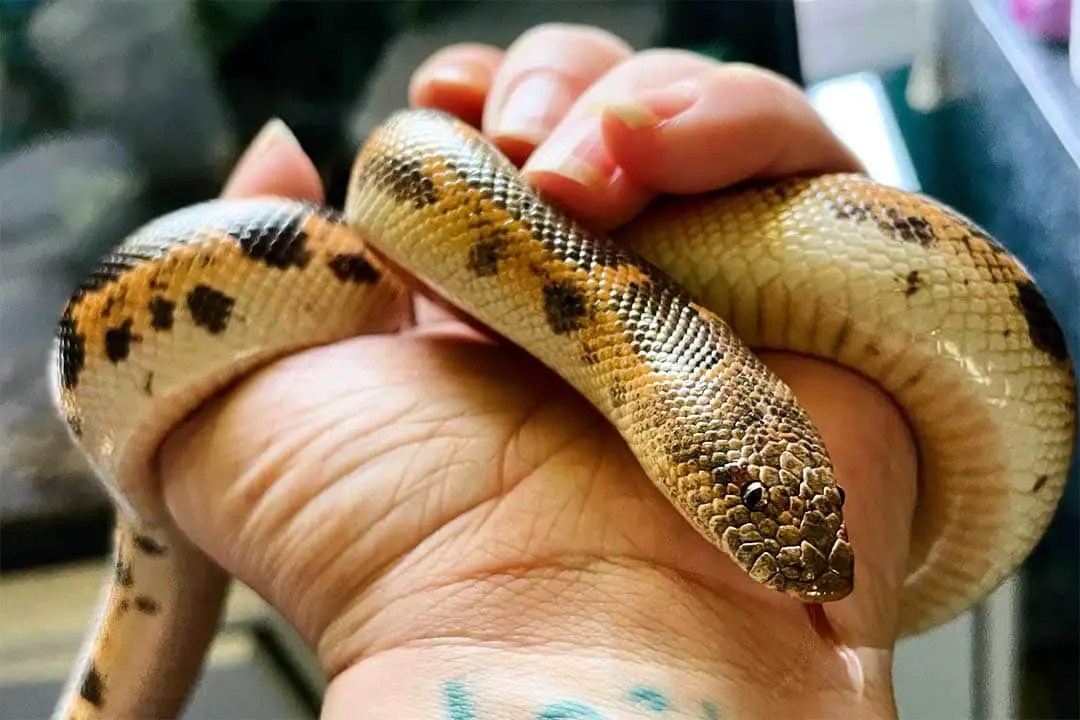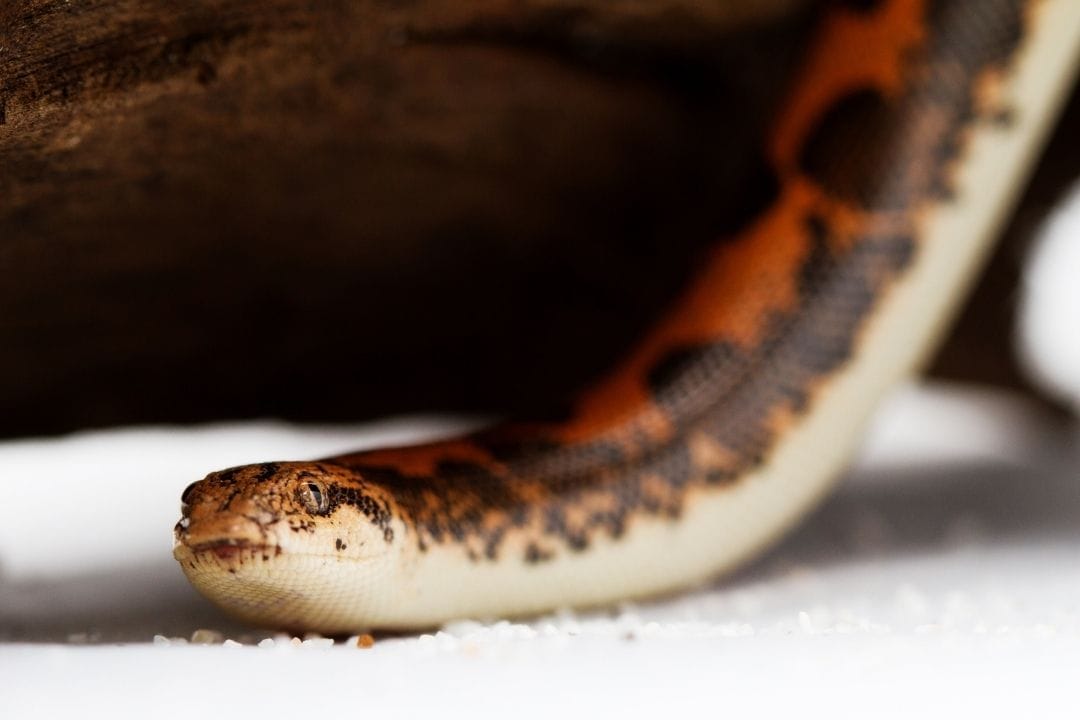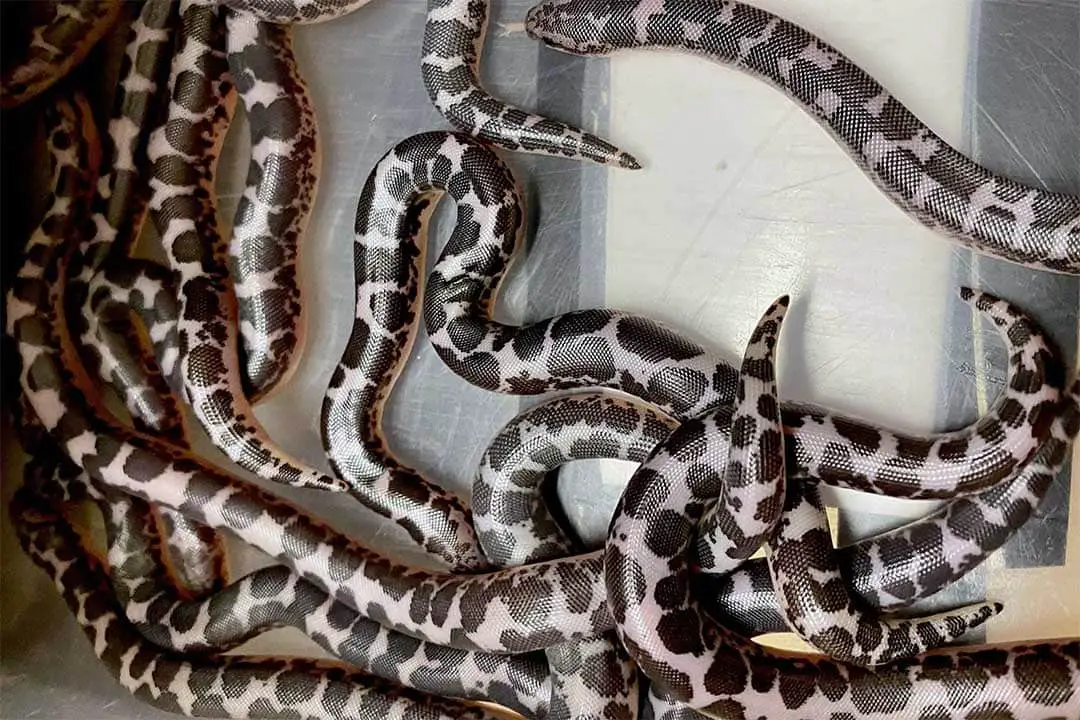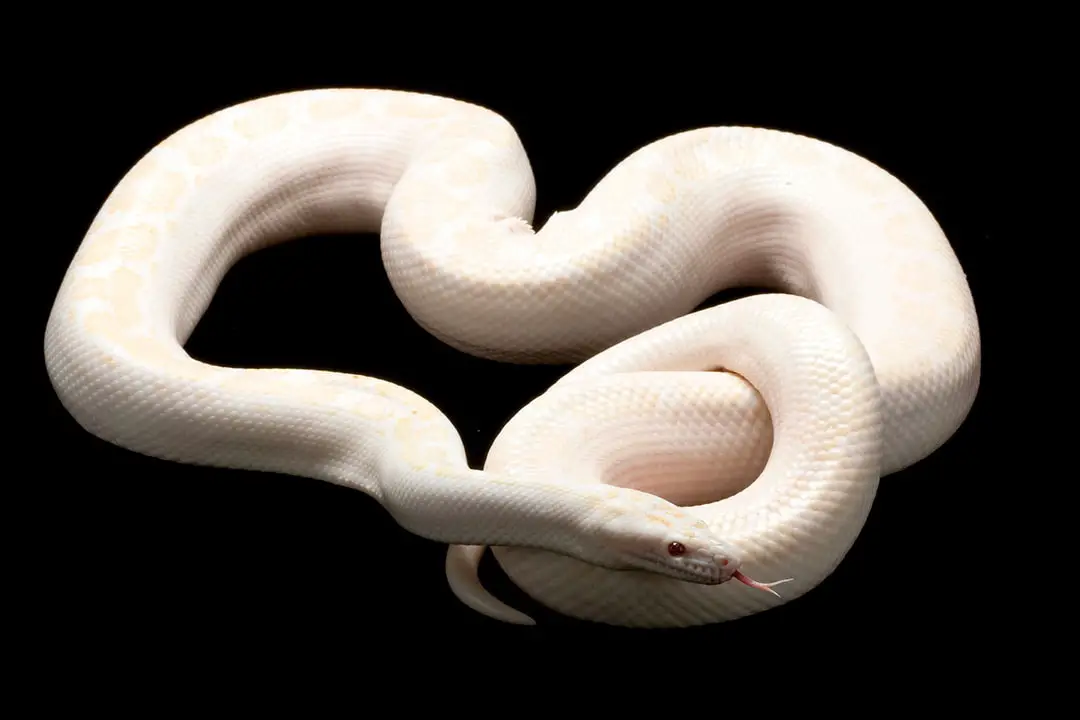How to Handle Your Kenyan Sand Boa Kenyan sand boas (Eryx colubrinus) are incredibly popular snakes. Their small size, unique features, and docile temperaments have made them one of the most popular boas in captivity.
However, even if you know how to handle a snake, this species is a bit different than most others in captivity.
Here is how to handle your Kenyan sand boa.
To handle Kenyan sand boas, you should give them more support than other snakes. Since they don’t really climb, they won’t hang onto you as well as other snakes might. You need to hold them up or they risk falling and being injured.
Natural Behaviors
Kenyan sand boas live in habitats with loose, sandy soil that allows them to burrow. These snakes spend most of their time in a burrow with their head poking out, waiting to ambush a meal.
Many sand boas will even drag prey into the burrow to help suffocate it in the sand. These snakes do not climb much in the wild if at all.
They try to get to the ground and get under the soil. This is particularly true if the snake feels threatened. A predator passing by will make the snake bury itself to avoid notice. A stressed sand boa will naturally want to hide away.
Proper Handling
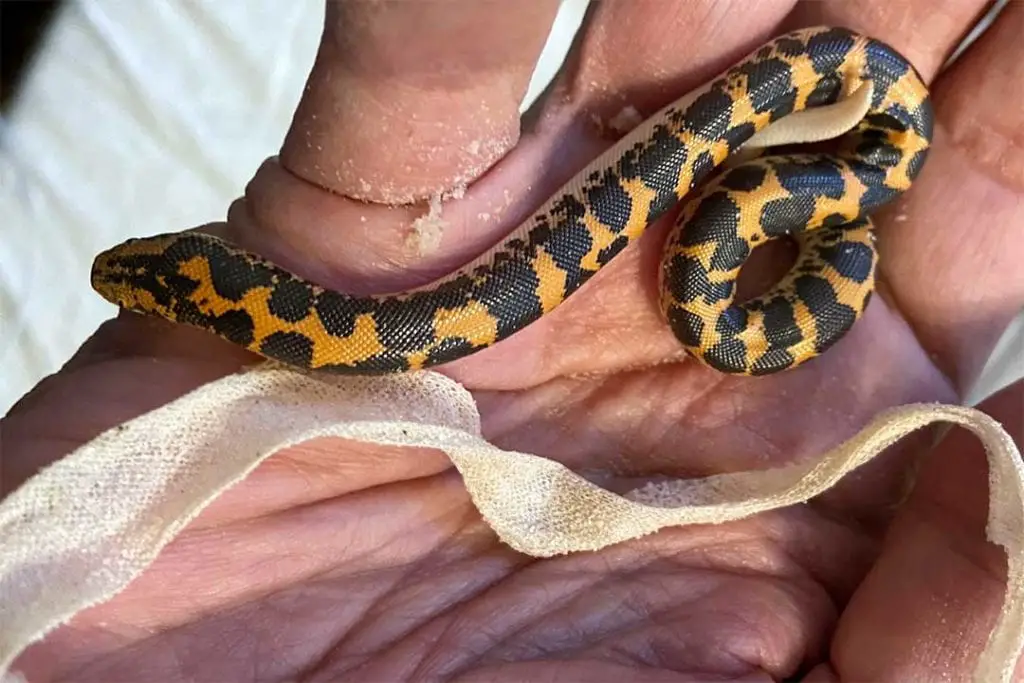
Handling your sand boa will help make basic care like cleaning the enclosure less stressful for your snake. By handling regularly, your snake will learn you aren’t a threat.
When you first get your snake, you should leave it alone until it is eating regularly. Let your snake settle into its new home and relax.
Once your snake has eaten a few meals, you can start handling it. Make sure your snake hasn’t eaten in the past 48 hours.
If you handle your new snake right after a meal, it will regurgitate its last meal This can seriously harm your snake, so avoid it. Once your snake is more comfortable with you, you will learn how long it takes after a meal for your snake to be ready for handling.
One common factor with all snakes is that approaching them from above is interpreted as a threat. Predators come from above, and you don’t want to reinforce the idea that humans are a threat to a pet snake.
If your snake is buried in the substrate, you can gently sift through to reach your snake. Scoop it up from underneath, and try to support as much of the body as you can.
Try to lift it from the middle of the body. Males are typically much shorter than females, so it is easier to lift a male without the risk of dropping it. Lift slowly, but steadily.
Sand boas frequently jerk or writhe when they are picked up. Be careful you don’t drop the snake. They are not made for climbing or drops and they can be badly injured from a fall.
Be sure you don’t squeeze your snake. This will make the snake more likely to lash out. Keep your hands flat and try to redirect the snake where you want it to go if it is eager to take a look around.
You can frequently loop their body around your fingers to help support the snake for small snakes, but this is more difficult with adults.
Large snakes such as adult females can be supported by putting your arm against your body and settling the snake there. Picture how you typically have your arms while holding a baby and you will have the right idea.
Sand boas are not climbers. If you place them around your neck or put them close to the edge of the couch, they will likely fall off. Kenyan sad boas just don’t have the body structure or the instincts to cling to humans like a ball python.
Try to keep your snake close to the ground. Sitting down on the floor while you handle your snake can be safer. This way if your snake does fall, it will only fall a few inches.
While sand boas aren’t the fastest, they can zoom off if they want. Never take both hands off the snake during a handling session. Try to keep handling sessions brief. Under 10 minutes is a good start for new snakes.
Make sure you watch your snake’s body language during a handling session. You should see calm, slow tongue flicks as your snake explores.
If it is puffing up, hissing, or trying to hide it is time to put your snake back. Be careful not to handle your snake more than twice a week. Too much handling will stress your snake out and it may become aggressive.
Aggression
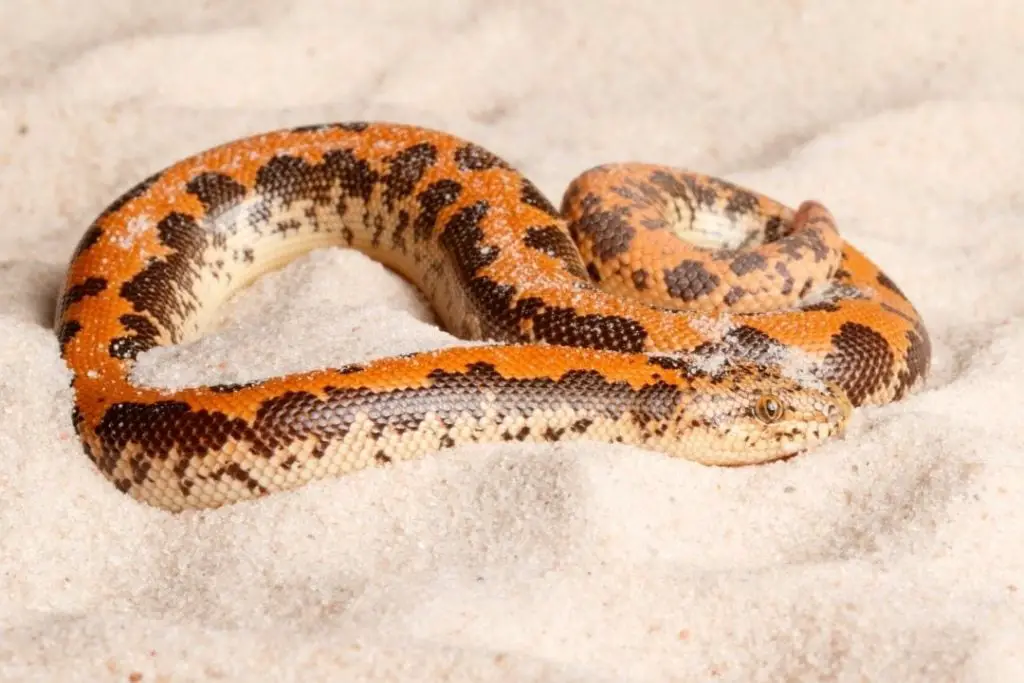
Everything you need to know about caring for Kenyan Sand Boas in captivity:
Read our Kenyan Sand Boa Care Sheet (Complete Guide)
Kenyan sand boas are typically very docile with humans. They prefer to run away and hide from humans rather than bite. If you pick one up when it wants to be left alone, it will most likely try to jerk out of your grip and flee.
If your snake is stressed out, it is more likely to bite.
Kenyan sand boas rarely draw blood, but it can still be a surprise. If your snake is hissing or trying to get away, just leave it alone. Also, feeding bites are not aggression.
If you have handled a mouse or rodent recently, your sand boa may think your fingers are food. Feeding bites will have the snake hang onto you. A defensive bite will have your snake releasing you almost immediately.
If your snake ever does hang on and won’t let go, waving something with a strong scent near its nose can make it release you. Most bites just need to be cleaned and you should be fine.
Conclusion
Kenyan sand boas are very easy to handle, but you need to be careful you don’t drop them. They are not good at hanging onto you and will be hurt if you drop them.
They do jerk if they don’t want to be held, so be careful during handling. If you have any questions or comments, please leave them below.
